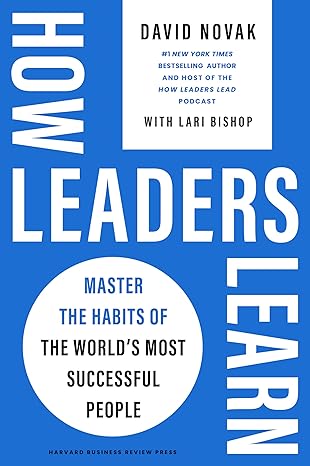
I am following up on my January 21, 2025 post, “14 Takeaways From Leader to Leader Winter 2025 Issue 115,” with this new post about the Spring 2025 issue of Leader to Leader, where I am managing editor.
I’ve included links to all of the articles, including two at the end, from our ‘From the Front Lines’ section based on our interviews with some of today’s most important researchers.
Our list of virtual issues continues to grow. The latest, “Leadership Character and Integrity,” is free to read for a limited time.
Significant Effects of Digital Technologies
Author/Columnist: Sarah McArthur
Article: “Our Future Hinges on the Leaders We Follow”
Sample quote:
In this Digital Age, our global economy is being significantly affected by digital technologies, resulting in, for instance, new business models, like Uber and Amazon. Today, we have new terms to describe these social and economic changes, like: unicorn, a privately owned startup valued at over $1B US dollars; Google, a proper name that has become a verb meaning to search the internet; ghosting, which means to abruptly end all contact with a person without explanation and to ignore further attempts at communication; and global boiling, which refers to the growth of extreme heat events like the LA fires of early 2025.
Working to Expand Your Thinking
Author: David Novak
Article: “Overcoming Our Own Hurdles to Learning”
Sample quote:
The human brain is a logic machine, and it tries to overcome ambiguity wherever it finds it—to make decision-making easier and life feel a little safer. It likes to categorize things, to develop heuristics or mental shortcuts. And that’s when we fall victim to limiting prejudgments or assumptions or expectations that can cut off the flow of good ideas in our lives.
Active learners work to expand their thinking because they recognize that unconscious bias and blinders can kill effective communication and important learning.
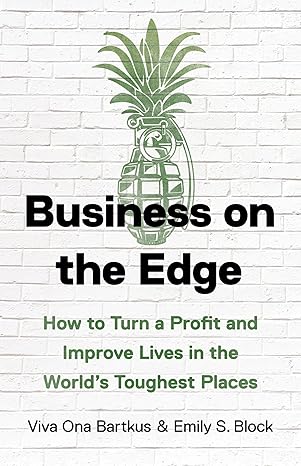
Revealing the Real Barriers to Change
Authors: Viva Ona Bartkus and Emily S. Block
Article: “From Frontlines to Boardrooms: Lessons in Leadership and Innovation from Under the Mango Tree”
Sample quote:
Perhaps the most critical lesson from our Uganda experience was the importance of trust. Without the trust of the local community, our efforts were doomed to fail. Building trust became the foundation for all our subsequent work. In fact, the true nature of the challenges we faced in Uganda only became clear through deep, on-the-ground engagement with the community. Informal conversations under the mango tree revealed the real barriers to change.
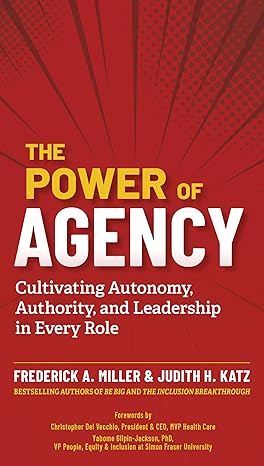
Decisions Made Closest to the Issues
Authors: Frederick A. Miller and Judith H. Katz
Sample quote:
Senior leaders play a key role in unleashing agency for individuals and teams. When we ask leaders whether or not greater agency would make a difference in individual and organizational performance the resounding response is, YES! However, many leaders that we work with have concerns about what it would mean to them if members of the organization had greater agency. Some see it as giving up control and are unsure that they can really trust people to make decisions. They are used to pushing decisions up the organization, rather than make decisions at their own level. When individuals and teams have greater agency decisions are made closest to the issues by those who have the relevant information, enabling leaders to focus more on the strategic challenges and guiding the organization to its mission, vision, and needed strategies.
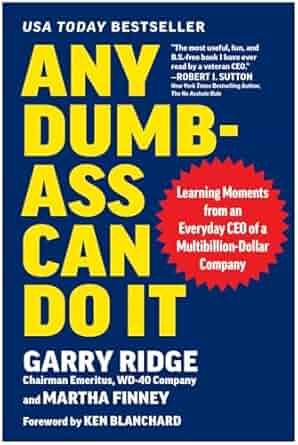
Listen, and Then Make Necessary Adjustments
Author: Garry Ridge
Article: “The Leadership Journey Over a Lifetime: How Learning Moments Can Be Transformative”
Sample quote:
So, you have a great idea for a product. You do the necessary R&D, the focus groups, the market research. And you are good to launch. This is going to be amazing! Did you order enough to meet demand? Wait. What? No one wants it? Are you sure? How humiliating! How can a sure thing turn into an abject flop? Swallow your pride and ask the would-have-been customers why they walked on by. Then make the necessary adjustments. Then humbly report back to your tribe and tell the whole sad story. Then tell the story of how your customers gave you the insight you needed to fix the situation.
Deep Belief in the Power of Local
Author: Sonja Betschart
Article: “Using Trust and Boundaries in Leadership to Allow Diversity to Bloom”
Sample quote:
The common thread running through the 30+ years of my career has been my deep belief in the power of local. This means that the ones closest to the problem and/or customer are the ones who hold the key to the most fitting and effective solutions. I found this to be true in the various roles I held before the inception of WeRobotics in 2016, which ranged from building up startups and managing strategic projects in large organizations to supporting companies in their digital transformation journey and setting up local conservation organizations in the Global South. I continue to find it true today as Co-Founder and Co-Pilot of the organization.
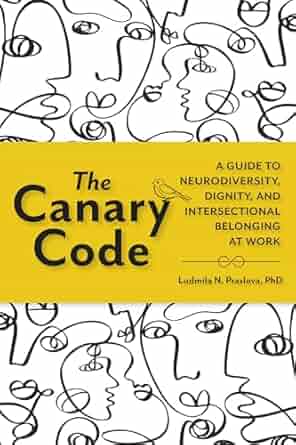
Neurodiversity is a Characteristic of Humanity
Author: Ludmila Praslova
Article: “The Future of Leadership: Neurodiversity in Leadership Teams”
Sample quote:
Neurodiversity is a characteristic of humanity in the same way as biodiversity is a characteristic of nature. On the individual level, neurodivergence refers to both developmental [e.g., attention-deficit/hyperactivity disorder (difference)/ADHD, dyslexia] and acquired differences in the nervous system functioning (e.g., post-traumatic stress disorder/PTSD, brain trauma, memory and emotional struggles associated with long Covid). Some forms of neurodivergence are generally seen as desirable (e.g., exceptionally high intelligence) or neutral (synesthesia, a difference in which senses overlap and people report smelling music or tasting words). Neurological types characterized by inborn differences and facing stigma and prejudice because of these differences—such as autism, learning differences, and ADHD—are also referred to as neurominority groups.
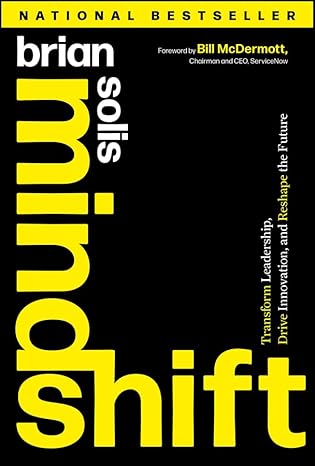
Leading Change Far Beyond the C-Suite
Author: Brian Solis
Article: “You Are the Leader You Are Seeking”
Sample quote:
Even in this era of innovative job titles, to my knowledge, no actual leader has the title “Mindshifter,” at least not yet, and the change agents I’ve studied were often not officially sanctioned to lead change. They generally were not 100% confident that it was their place to speak up and champion what they were advocating. They were often reluctant to step up to leadership. Nor did they desire to campaign for a change-management role or believe in traditional change management; many were not fans of corporate procedure and indeed not of bureaucracy.
Team members who lead change have and will continue to come from all levels of organizations, often far beyond the C-Suite. Instead, change agents move their organizations forward because they also share the belief that they understand the potential impact of disruptive technologies and are willing to play a role in helping their teams and organizations capitalize on them.
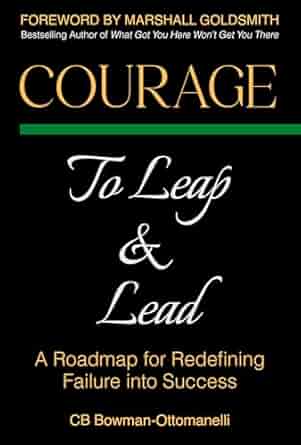
Building the Foundation of a Courageous Organization
Author: CB Bowman-Ottomanelli
Article: “Microcourage©: A New Process for Leadership”
Sample quote:
While I focus on the impact of Microcourage in organizations in this article, the application must be remembered for life in general. Grand gestures of courage are often celebrated, yet small decisions that led to the grand episode are forgotten. It is critical to remember that these small acts we identify as Microcourage led to the big courageous decision. It is this that builds the foundation of a courageous organization. These small acts, whether voicing a concern in a meeting, admitting a mistake, or taking a new approach to a problem, accumulate over time to create a culture where courage is the norm.
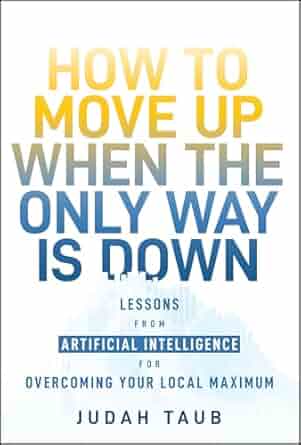
Supporting an Agile Mindset
Author: Judah Taub
Article: “Leaders: Learn from AI to Overcome Your Local Maximum”
Sample quote:
Venture capital firms have learned the importance of not just investing in agile start-ups but also the need to structure the founder’s compensation to support an agile mindset. Not so long ago, the leading Silicon Valley investors were promoting the notion of ensuring that founders had as much “skin in the game” as possible. This, they argued, created motivation and demonstrated commitment. However, in recent years, the mood on this notion has changed. Although being committed with skin in the game is important, we now see that VCs are worried about founders with too much skin in the game! A founder who has a heavy mortgage, no savings, and a meager salary will not have the ability to turn down a mediocre offer. Venture firms have learned that if they want their founders to go a long way, they actually need to have less skin in the game so that they are able to turn down initial, less ideal offers and take more risk for potentially higher reward.
Fostering Unselfish, Inclusive, Team-Oriented Behavior
Author: Patrick Finneran
Article: “Purpose Driven Leadership: Working Together To Create Value And Growth For The Greater Good ”
Sample quote:
Successful organizations thrive in the long term by maintaining focus on their core purpose and having a compelling vision for the future. They create a nurturing culture driven by a few powerful values that foster unselfish, inclusive, team-oriented behavior. They have a well-defined mission that articulates not only what the organization does but who they serve. The vision, values, and mission, when widely shared with all stakeholders, serve to align and empower all teammates.
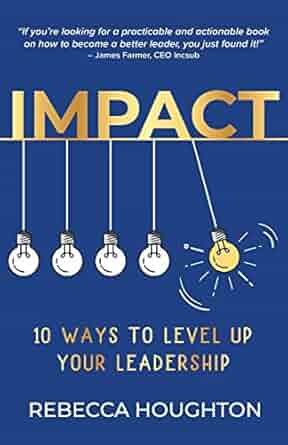
From Middle Managers to B-Suite Leaders
Author: Rebecca Houghton
Article: “How to be a B-Suite Leader with C-Suite Impact”
Sample quote:
The term “middle manager” often implies inferiority; yet, these leaders are anything but. The simplistic, often disparaging label of “middle manager” fosters a dangerously misguided mindset within companies. In reality, these leaders are crucial to an organization’s success, particularly during times of change. I have a name for middle managers who become strategic leaders with C-Suite impact: I call them B-Suite Leaders.
Generating Ideas and Scenarios for New and Unexplored Solutions
Author: Juergen Scherer
Article: “Navigators in Boundary-Spanning Roles: Leadership Insights From 12 Interviews”
Sample quote:
Cognitive capabilities are a combination of left and right brain activities. Left-side analytical skills are based on data processing, linking information, and building expertise and knowledge. Conceptual thinking enables the navigator to understand the bigger picture, to see and recognize a pattern and/or to make a connection. Strategic planning is the ability to forecast, extrapolate, and vision a sequential journey with a clear heading in mind. The right-side brain functionalities are complementary and of equal importance. Navigational positioning requires creativity to generate ideas and scenarios for new and unexplored solutions. This ideation is often linked to curiosity, the ability to inquire, explore and investigate alternative pathways and directions. Especially in tense and tight conditions, the capability to understand the situational context based on spontaneous intuition can be a decisive factor for successful navigational leadership.
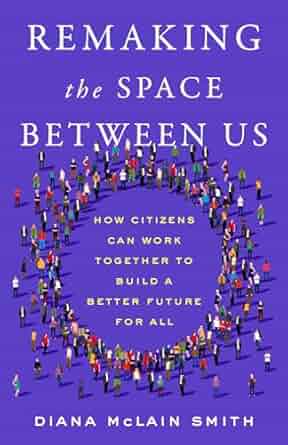
Our Problems Know No Borders
Article: “The Power of Citizens Working Together in a Divided World”
Sample quote from Diana McLain Smith, author of Remaking the Space Between Us: How Citizens Can Work Together to Build a Better Future for All:
…today, our survival depends on our taking another evolutionary step, just as our ancestors did many millennia ago. Why? Because the problems we face today know no borders and cannot be solved by any one group, party, or nation alone, any more than a mammoth could be brought down reliably by one hunter. Take climate change and the global migration, conflicts, and pandemics it’s spawned. Efforts to solve these problems by any one group has only brought problem-solving to a halt as competing groups resist their efforts. Analogous problems plague organizations: improving supply chains, reducing time to market, or meeting customer needs. All of them (and many others) are cross-cutting problems that require, but often do not get, the cooperation of groups across organizations.
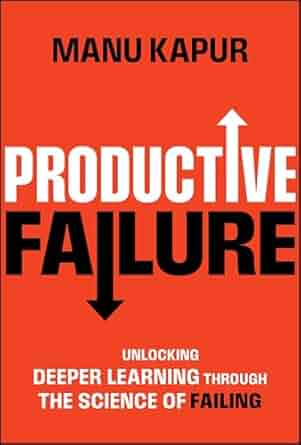
A Two-Phase Model of Problem-Solving
Article: “Deeper Learning Through Productive Failure”
Sample quote from: Manu Kapur, Director of the Singapore-ETH Center, and Professor for Learning Sciences and Higher Education at ETH Zurich, Switzerland, where he is also the director of The Future Learning Initiative:
Productive failure is a principled way of designing the learning and innovation environments based on two decades of research on the science of human learning. It is a two-phase model of problem-solving followed by instruction. In the problem-solving phase, it engages learners in carefully designed challenges or problem-solving activities that will necessarily result in failure, and then harnesses this failure for deep learning in the instruction phase. A meta-analysis of more than 160 experiments from over 50 studies indicates that people who learned with productive failure methods were performing up to two academic years ahead of their peers.
